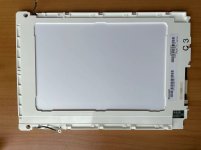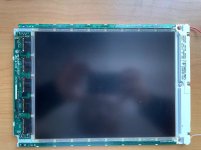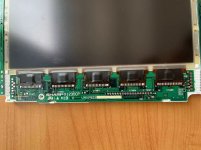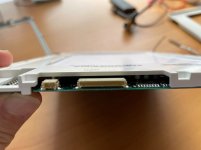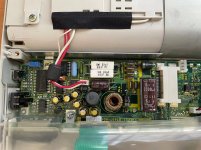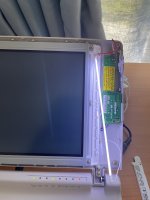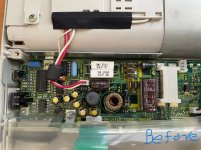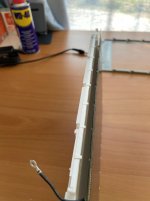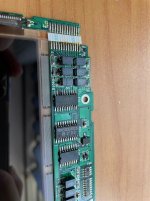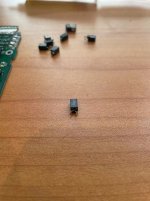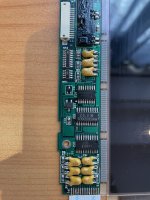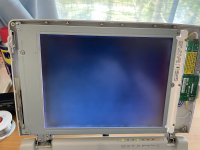ohmylove2u
Experienced Member
- Joined
- Feb 28, 2023
- Messages
- 143
I got a Toshiba T1800 laptop.
The floppy drive had been repaired by replacing the belt.
But the LCD still does not display well.
Even lamp & contrast adjustment potentiometer had been replaced, the characters still can't see clearly,no matter how you adjust the contrast.
The characters can barely be seenand when viewed obliquely from the top side.
Who knows where the fault might be.
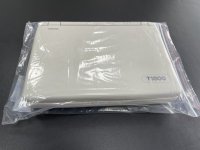
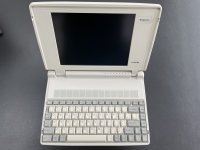
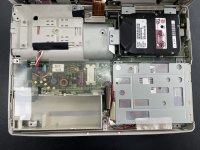
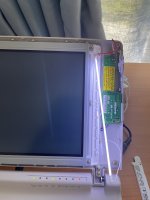
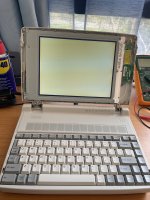
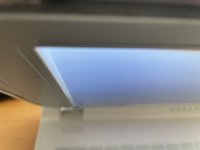
The floppy drive had been repaired by replacing the belt.
But the LCD still does not display well.
Even lamp & contrast adjustment potentiometer had been replaced, the characters still can't see clearly,no matter how you adjust the contrast.
The characters can barely be seenand when viewed obliquely from the top side.
Who knows where the fault might be.






Last edited:

